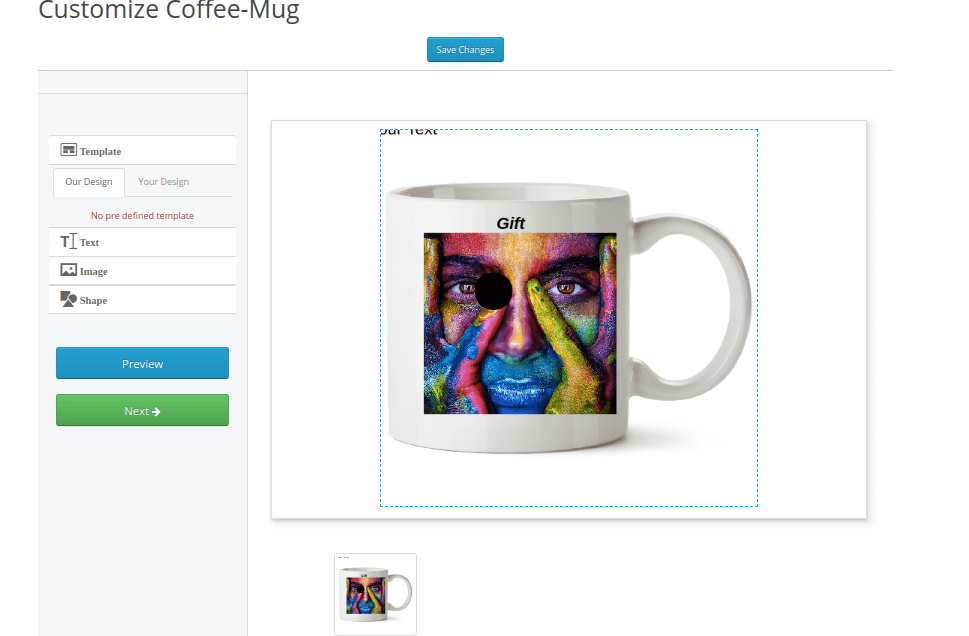Within today's fast-paced digital environment, smaller enterprises are constantly seeking creative solutions to remain competitive and meet customer needs. One such transformative option is Web-to-Print platform, a revolutionary tool that empowers print shops and businesses alike to simplify their operations and enhance customer satisfaction. As the print industry evolves, comprehending how Web-to-Print solutions function becomes essential for anyone looking to leverage the power of e-commerce and automation.

Web-to-Print software not only makes easier the ordering system but also facilitates personalization on a scale never unimaginable. From automated order management to tailored print offerings, this tool allows companies to enhance their workflow efficiency significantly. As we dig deeper into the advantages and features of Web-to-Print systems, we will explore how it is revolutionizing the print industry and what small businesses need to understand to effectively adopt this innovative solution into their operations.
Understanding Online Print Software
Web-to-print software is a online solution that streamlines the printing process by facilitating businesses and customers to request print products online. This technology enables users to modify and submit print orders directly through a web-based interface, eliminating the need for standard face-to-face interactions. By utilizing this software, businesses can enhance efficiency, reduce errors, and enhance customer experience in the printing industry.
One of the key features of web-to-print software is its functionality to offer tailoring options. Users can personalize products by inserting images, modifying text, and choosing various design components directly on the platform. This personalization is not only beneficial for private customers but also enables print shops to meet diverse client needs, thus expanding their service offerings and attracting a broader customer base.
Moreover, web-to-print solutions facilitate better order management and workflow integration. With streamlined processes for order intake, production tracking, and delivery management, businesses can optimize their operations. This improved workflow leads to faster turnaround times, improved accuracy, and finally, greater satisfaction for both print service providers and their clients. As such, adopting web-to-print software positions businesses to thrive in an increasingly competitive market.
Benefits and Features of Web-to-Print Solutions
Web-to-print services offer various advantages for local companies, making them a critical tool in today’s competitive landscape. One of the main advantages is the increased effectiveness they bring to the printing process. By automating various tasks, from order intake to production management, these solutions significantly reduce the time and labor required to complete print orders. This allows businesses to react swiftly to client needs, streamline workflows, and maximize productivity while minimizing the risk of errors that frequently occur with manual processes.
A further important aspect of web-to-print applications is its ability to enable tailoring and personalized service. Customers now expect tailored solutions, and web-to-print solutions enable businesses to provide custom options easily. With great site for clients to create their print materials or select from pre-designed templates, businesses can adapt to unique preferences, enhancing client happiness and retention. This feature not only differentiates a business from the competition but also creates new revenue streams through the sale of customized products.
In conclusion, web-to-print systems support improved order management through cohesive platforms. This feature allows print shops to track orders in real-time, from initial inquiries to completion. By leveraging features such as automated alerts, client interfaces, and comprehensive analytics, businesses can ensure clarity with their customers and enhance communication throughout the printing process. This level of organization helps prevent miscommunication and guarantees a smooth experience, promoting repeat business and establishing long-term customer relationships.
The Future of Web-to-Print Technology
While we gaze forward, the terrain of web-to-print technology is poised for revolutionary changes propelled by advancements in artificial intelligence and machine learning. These emerging technologies are expected to enhance personalization options, enabling businesses to analyze consumer data more efficiently and provide tailored print solutions that meet unique customer needs. This shift will probably lead to an surge in demand for personalized products, making it critical for print shops to embrace flexible web-to-print solutions that can meet these evolving preferences.
In addition to enhanced personalization capabilities, sustainability will play a key role in the prospects of web-to-print technology. With customers become more environmentally conscious, print providers will be challenged to implement greener practices in their operations. Web-to-print solutions that focus on waste reduction, efficient resource utilization, and eco-friendly materials will not only attract a broader market but also meet legislative demands. This dedication to sustainability can help businesses establish a unique identity and build loyalty among eco-minded consumers.
Additionally, integration with e-commerce platforms will continue to be a crucial aspect of web-to-print solutions. Since online shopping becomes commonplace, the seamless integration of print services with digital marketplaces will be vital for ensuring efficient order management and customer satisfaction. The ability to facilitate print orders from e-commerce sites and provide real-time updates will enhance the overall customer experience, paving the way for print shops to prosper in an increasingly competitive environment. Embracing these trends and trends will be necessary for print businesses pursuing long-term success in the digital age.
